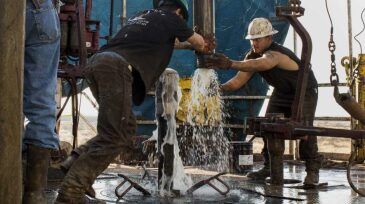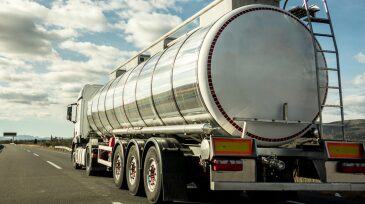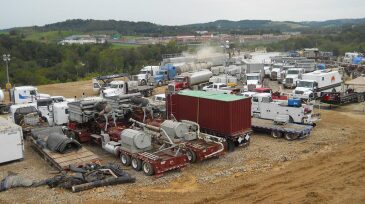Water management
This paper describes a decision-support system that integrates field data, system specifications, and simulation tools to quantify system performance, forecast operational challenges, and evaluate the effect of system modifications in water management.
This paper demonstrates that high-purity salts of calcium, magnesium, strontium, sodium, and lithium can be recovered from produced-water brine using a chemical-reaction pathway followed by vacuum-driven crystallization and a lithium-extraction process.
The authors of this paper aim to design, optimize, and evaluate a scalable and energy-efficient plasma-driven advanced-oxidative-process system for produced-water remediation, emphasizing regulatory compliance for safe discharge or reuse.
-
With concern growing that the underlying geology in the Permian Basin is reaching capacity for disposal wells, the Trump administration is examining whether to adjust decades-old federal clean-water regulations to allow drillers to discharge waste water directly into rivers and streams.
-
The 1972 Clean Water Act has driven significant improvements in US water quality, according to the first comprehensive study of water pollution over the past several decades by researchers at UC Berkeley and Iowa State University.
-
The US Environmental Protection Agency is conducting a study that will take a holistic look at how the agency, states, tribes, and stakeholders regulate and manage wastewater from the oil and gas industry.
-
In the dry, dusty plains of West Texas, home to America’s most prolific oil play, the problem isn’t too little water. It’s too much.
-
As operators seek lower water management costs, a pair of studies examines methods and technologies that could have a major impact on treatment and reuse for hydraulic fracturing operations and beyond.
-
Researchers at Texas Tech University have released a study into wastewater production and disposal in the Marcellus Shale, proposing disposal hubs across the state of Pennsylvania that could reduce trucking distances.
-
As rig counts continue to go up in the region, the Permian water disposal market is expected to see growth through 2021 with a possible record-high 8.4 billion bbl next year.
-
ProSep’s Osorb Media Systems are providing a unique solution for treating the water coming from chemical enhanced oil recovery operations and removing the dissolved hydrocarbons.
-
The US Environmental Protection Agency (EPA) is embarking on a new study that will take a holistic look at how the EPA, states, and stakeholders regulate and manage waste water from the oil and gas industry.
-
An overview of some of the trends and issues related to water management for tight oil and gas are discussed, including environmental, sustainability, and legislative issues associated with water handling for hydraulic fracturing.













